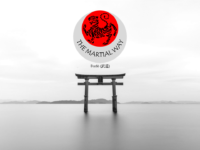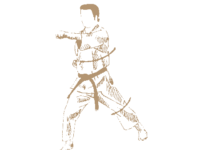Heiko-zuki, also known as parallel punch, is a punch technique commonly used in the Shotokan Karate style. This technique involves striking with both fists simultaneously, making it a powerful and effective strike. Advantages Power: The simultaneous use of both fists in this punch technique generates a powerful strike. The use of both fists amplifies the…
Learn more
Heiko-zuki (Parallel punch)



